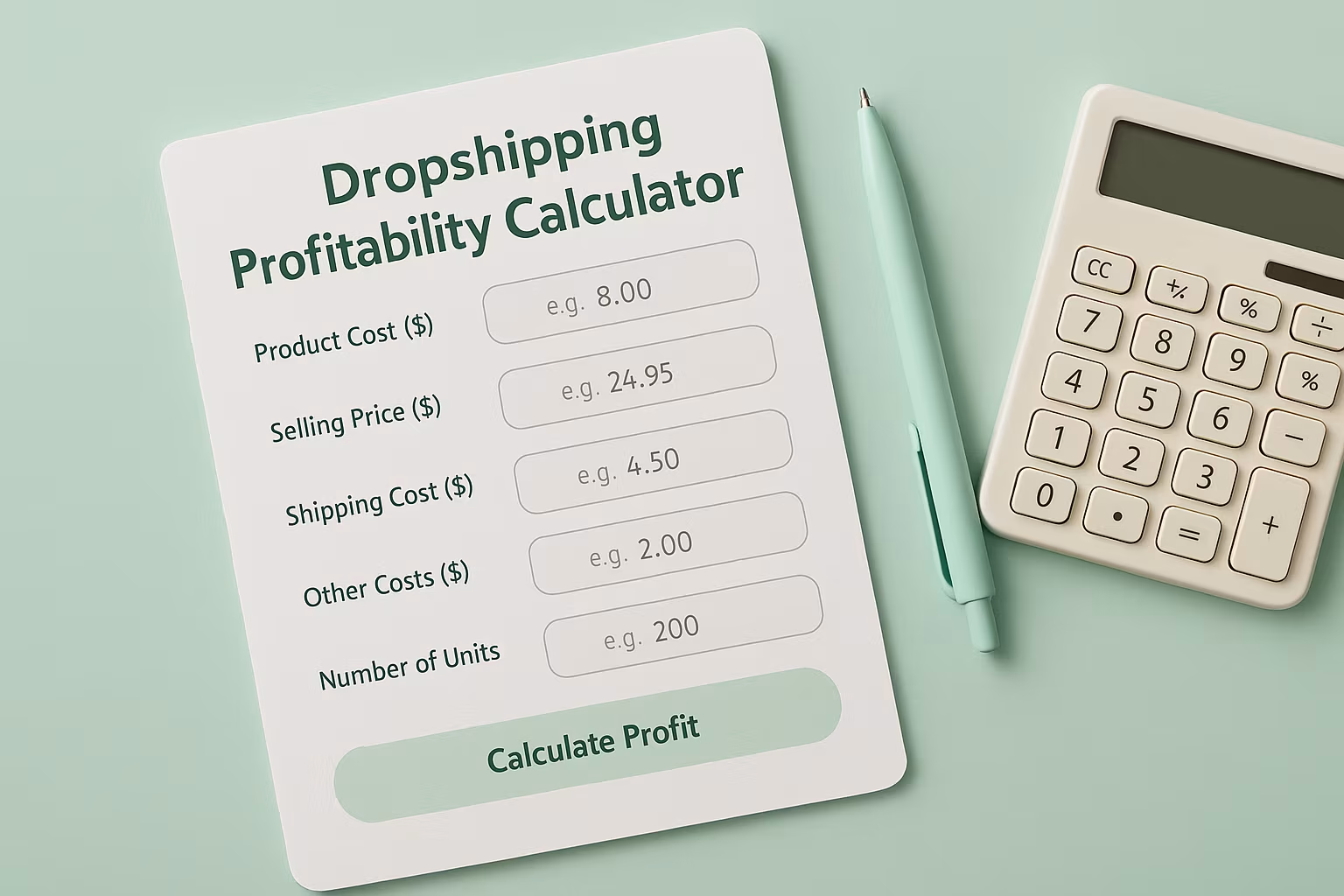How to Cut Costs and Raise Profit Margins in Beauty Products? Product Quality

The global beauty market is expected to reach $850 billion by 2027, but rising ingredient and packaging costs continue to squeeze profit margins.
Brands must also keep up with growing customer expectations for high-quality, sustainable products, all while navigating inflation and competitive pricing.
That’s why learning how to cut costs and raise profit margins in beauty products is vital for long-term success. With the right strategies, beauty brands can streamline operations, maintain product excellence, and boost profitability without compromising customer trust.
Cost-Cutting Strategies That Preserve Beauty Product Quality
60% of beauty startups say ingredient and packaging costs are their biggest expense, but most are overlooking simple tweaks that preserve quality and reduce spend. Use this quick-hit matrix to identify what to cut, swap, or streamline.
The beauty industry presents a delicate balance: customers expect premium quality but also competitive pricing. Successful cost reduction begins with identifying opportunities that won't compromise the essence of your products.
Optimize Your Formulations
One of the most direct ways to cut costs is by carefully reviewing your product formulations:
- Review ingredient necessity: Not every ingredient adds significant value to your formulation. Analyze which components truly contribute to efficacy versus those added for marketing appeal. Often, formulations contain redundant ingredients that perform similar functions.
- Negotiate with suppliers: Building relationships with ingredient suppliers can lead to better pricing, especially when ordering in larger quantities. Don't hesitate to request samples from multiple suppliers to compare quality before committing.
- Consider functional alternatives: For certain premium ingredients, there may be more affordable alternatives that provide similar benefits. For example, some synthetic peptides can be more cost-effective than their natural counterparts while delivering comparable results.
Pro tip: Create a spreadsheet that breaks down the cost-per-unit for each ingredient in your formulations. This makes it easier to identify which components are driving up your costs and helps prioritize where to seek alternatives.
Streamline Packaging Costs
Packaging often represents a significant portion of beauty product costs, yet presents numerous opportunities for savings:
- Standardize packaging formats: Using the same bottle or jar design across multiple product lines can lead to bulk discounts and reduced complexity in your supply chain. Consider how one versatile packaging solution might work for multiple products with minimal modifications.
- Evaluate packaging materials: While glass may convey luxury, lightweight plastic alternatives have improved dramatically in both appearance and sustainability. Reducing packaging costs without sacrificing aesthetic appeal is entirely possible with today's material options.
- Minimize secondary packaging: Beautiful boxes and outer packaging increase costs substantially. Consider whether simpler options or removing secondary packaging altogether might work for certain product lines or sales channels.
- Right-size your packaging: Oversized packaging wastes materials and increases shipping costs. Ensure your containers appropriately fit your product volume to avoid unnecessary expenses.
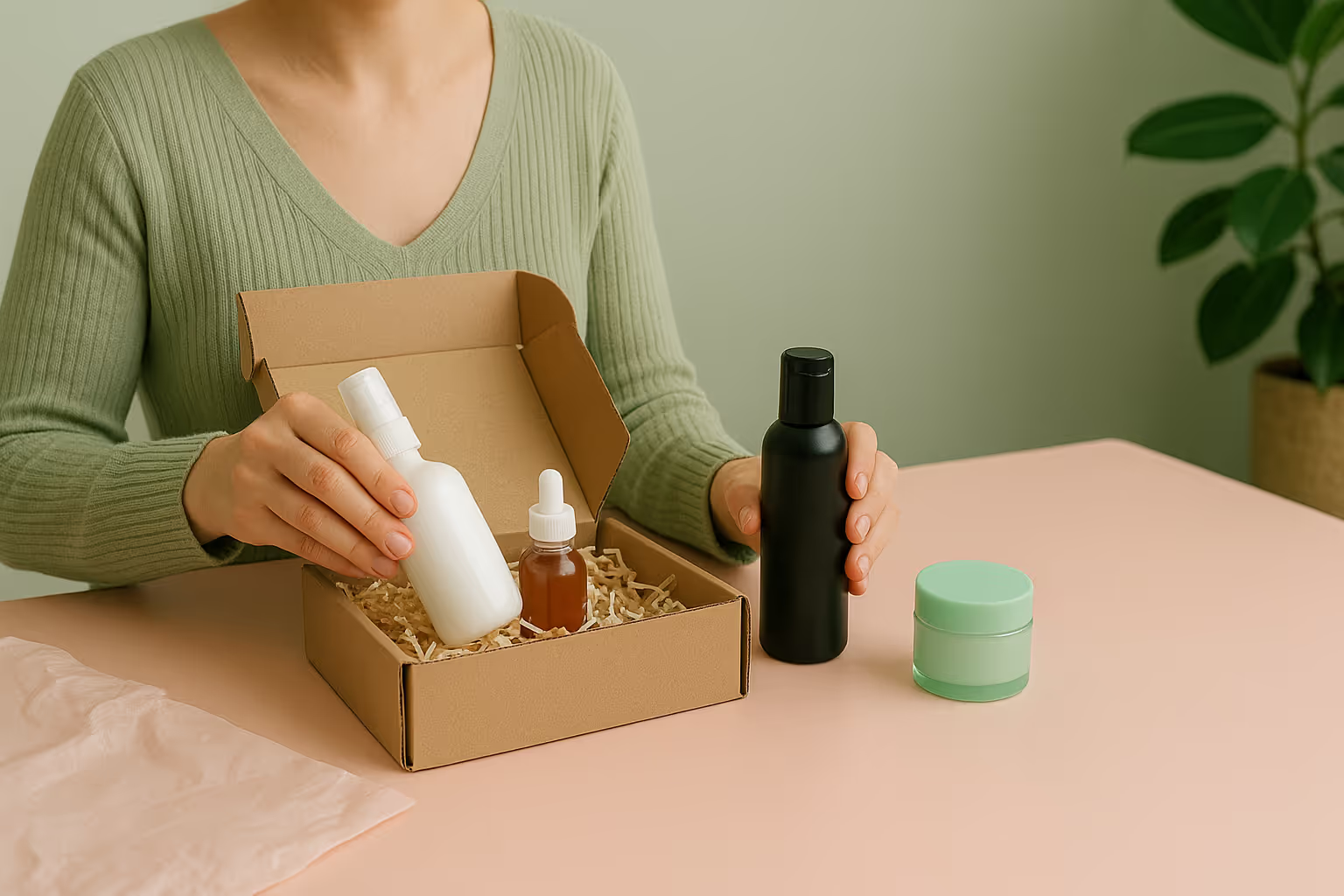
Optimize Manufacturing and Production
Manufacturing represents another major cost center with significant potential for savings.
Choose the Right Production Model
- Consider private labeling: For emerging brands, starting with private label cosmetics can dramatically reduce upfront costs while maintaining quality. This approach eliminates the need for expensive R&D and manufacturing setup.
- Evaluate MOQs carefully: Minimum order quantities can lock up significant capital. Balance the per-unit savings of larger orders against cash flow constraints and inventory risks.
- Explore fulfillment partners: A specialized beauty fulfillment partner can handle storage, packaging, and shipping, reducing the need for warehouse space and staff while improving efficiency.
Improve Production Efficiency
- Batch appropriately: Larger production batches typically reduce per-unit costs, but they must be balanced against shelf-life limitations and capital constraints.
- Review production steps: Analyze your manufacturing process to identify redundancies or inefficiencies. Sometimes, simple changes to production order or technique can save significant time and resources.
- Automate where possible: Even small-scale operations can benefit from semi-automated processes for filling, capping, or labeling products. The investment often pays for itself quickly through labor savings and improved consistency.
Optimize Supply Chain and Inventory Management
Effective supply chain management directly impacts both costs and cash flow.
Inventory Control Strategies
- Implement just-in-time ordering: Maintaining excess inventory ties up capital and risks product expiration. Develop systems to order materials just before they're needed.
- Track inventory turnover rates: Identify which products move quickly and which languish on shelves. This data helps optimize your production schedule and marketing focus.
- Consider consignment arrangements: For new retail partnerships, consignment arrangements can reduce risk while testing market response to your products.
Shipping and Fulfillment Optimization
- Negotiate shipping rates: Once you reach certain volume thresholds, most carriers will offer preferential rates. Don't accept standard pricing without negotiation.
- Optimize package dimensions: Shipping costs often depend on dimensional weight. Designing packaging that minimizes space can significantly reduce shipping expenses.
- Consider fulfillment location: Strategic fulfillment center placement can reduce both delivery times and shipping costs. Fulfillment partners offer nationwide fulfillment networks that can optimize your distribution.
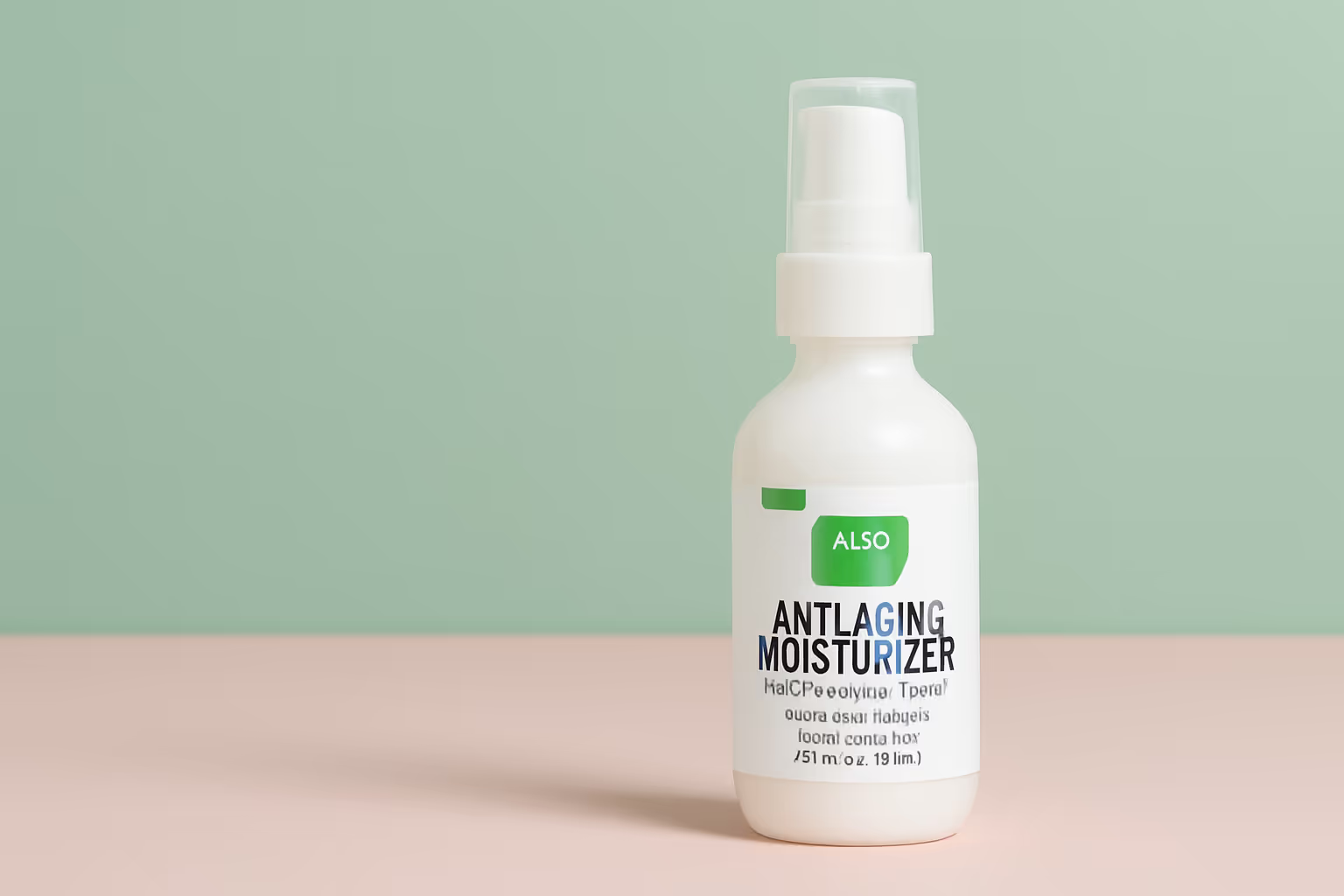
Raise Profit Margins Through Strategic Pricing
Cost-cutting is only one side of the profit equation. Strategic pricing represents an equally important opportunity to improve margins.
Value-Based Pricing Strategies
- Focus on perceived value: Beauty customers often purchase based on perceived benefits rather than production costs. Emphasize unique ingredients, sustainability credentials, or transformative results to justify premium pricing.
- Bundle strategically: Product bundles can increase average order value while offering apparent savings to customers. For example, a skincare ritual set might combine cleanser, toner, and moisturizer at a slight discount to purchasing individually.
- Create tiered product lines: Offering good-better-best options allows customers to self-select into different price points while maximizing revenue from different market segments.
Price Your Products to Maximize Profits
- Factor in all costs: Ensure your pricing accounts for not just direct costs (ingredients, packaging) but also overhead, marketing, and fulfillment expenses.
- Test price elasticity: Experiment with different price points across channels to identify the optimal balance between volume and margin. Digital sales platforms make this testing relatively straightforward.
- Consider psychological pricing: Strategic price points (like $29 instead of $30) can influence customer perception and purchase behavior. Test different approaches to find what resonates with your audience.
Marketing and Customer Acquisition Efficiency
Beauty brands often overspend on customer acquisition. Optimizing these costs directly improves profitability.
Lower Customer Acquisition Costs
- Leverage user-generated content: Encourage customers to share their experiences with your products. Authentic user content often outperforms expensive professional campaigns at a fraction of the cost.
- Focus on retention: Acquiring new customers typically costs 5-25 times more than retaining existing ones. Implement loyalty programs, subscription options, and excellent customer service to maximize lifetime value.
- Target high-ROI channels: Not all marketing channels deliver equal returns. Measure performance carefully and double down on platforms that deliver the best results for your specific products and audience.
Efficient Content Creation
- Repurpose content: Create core content pieces that can be adapted across multiple platforms rather than producing unique assets for each channel.
- Embrace micro-influencers: While major influencers command premium rates, micro-influencers (typically with 10,000-50,000 followers) often deliver higher engagement rates at lower costs.
- Leverage technology: Tools for content scheduling, email automation, and customer segmentation can dramatically improve marketing efficiency with minimal investment.
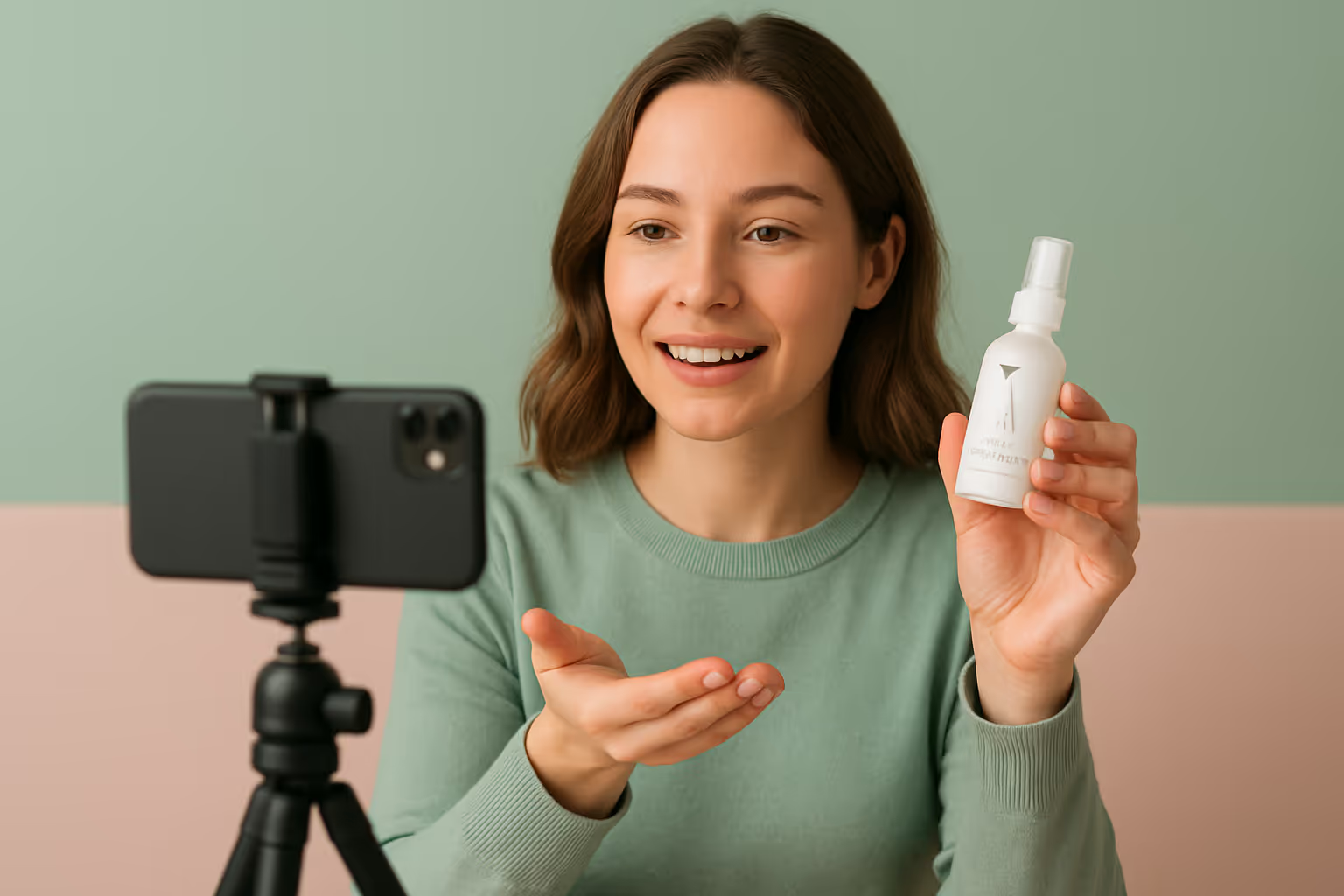
Financial Management for Improved Profitability
Even well-designed products with efficient operations can underperform financially without proper financial management.
Monitor Key Metrics
- Track contribution margin: Beyond overall profit, understand the contribution margin (revenue minus variable costs) for each product to identify your true profit drivers.
- Analyze customer acquisition cost (CAC) and lifetime value (LTV): The relationship between these metrics determines long-term profitability. Aim for an LTV at least three times your CAC.
- Review overhead regularly: Fixed costs have a way of creeping upward over time. Schedule regular reviews of all overhead expenses to identify opportunities for reduction.
Tax and Financial Planning
- Leverage business deductions: Ensure you're capturing all legitimate business expenses, from product development to travel for industry events.
- Consider inventory accounting methods: Different inventory valuation methods (FIFO, LIFO, weighted average) can impact your tax liability and financial statements.
- Plan for seasonality: Many beauty businesses experience seasonal fluctuations. Building financial plans that account for these patterns helps avoid cash flow challenges during slower periods.
Insider’s Profit Strategy: Consolidate MOQs Across Product Variants
Most beauty brands treat Minimum Order Quantities (MOQs) per SKU, but seasoned operators know you can often negotiate MOQs by component or base formula instead.
If multiple products share the same jar, cap, or base, ask your manufacturer to combine them into a single MOQ threshold. For example, three face creams with identical packaging and base can count toward one bulk order, cutting unit costs and reducing overstock risk.
This tactic offers more variety without overcommitting inventory, an expert move that optimizes both cash flow and flexibility.
Transform Your Beauty Business Profitability Today
Improving profit margins in the beauty industry requires a holistic approach. From smarter formulations to streamlined operations, strategic pricing, and efficient marketing, every decision affects your bottom line.
Top beauty brands constantly evaluate costs against customer value. Cutting expenses should never compromise what makes your products desirable.
Start now by identifying your top three cost drivers and creating targeted strategies to reduce them. With the right focus, stronger profit margins are within reach.
FAQ
Related blogs
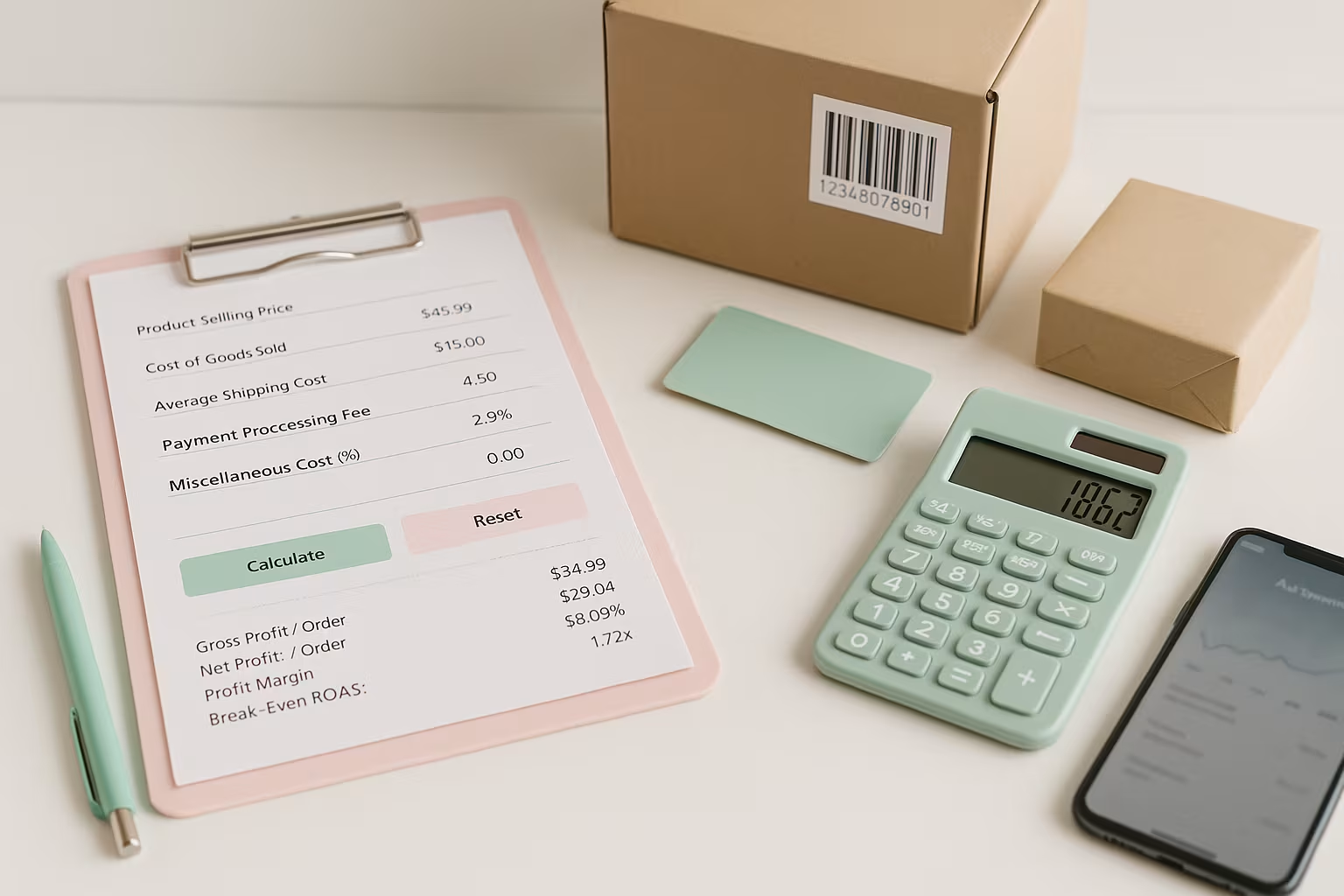
Break-Even ROAS Calculator: Find Out What You Can Afford to Spend on Ads
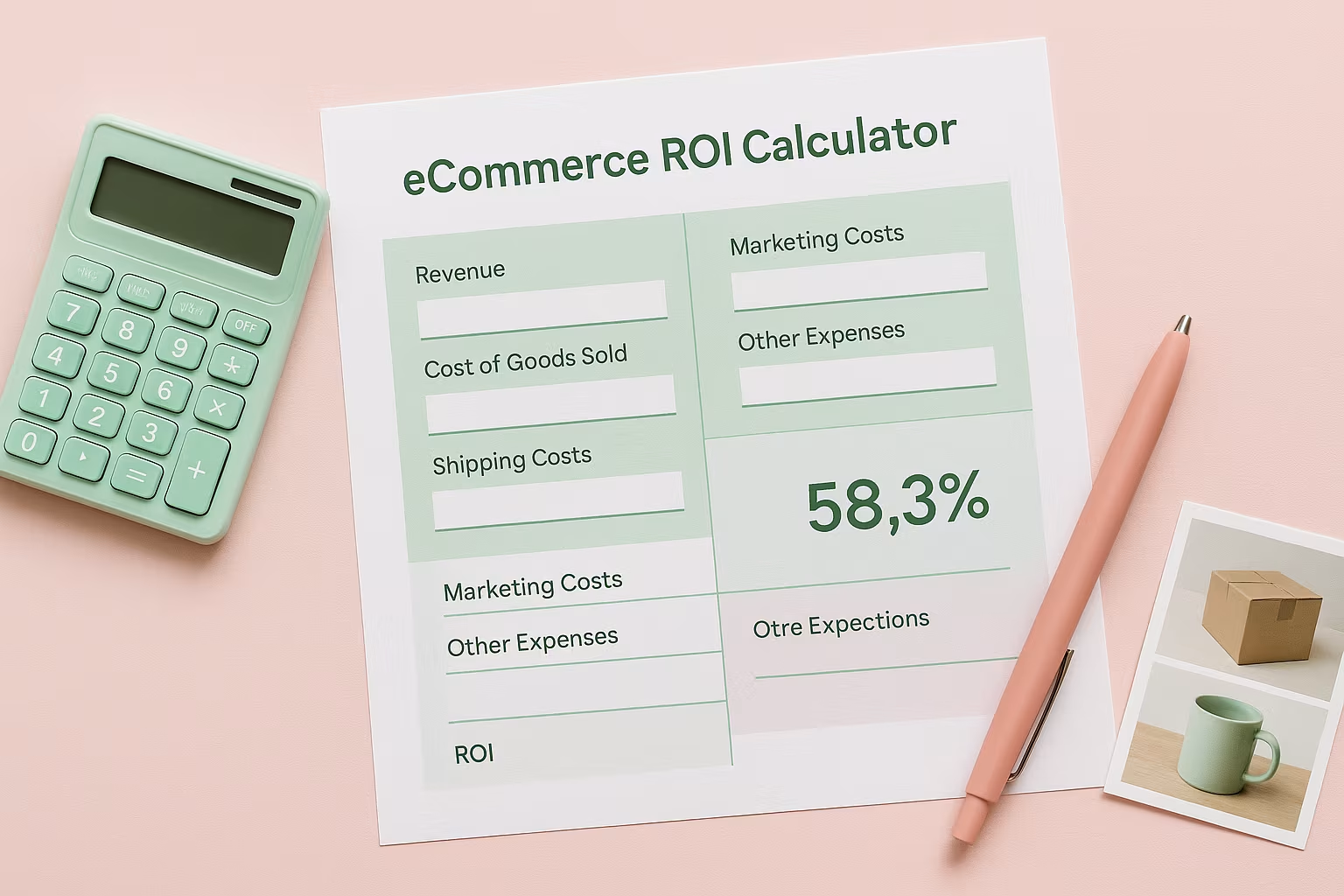
Ecommerce ROI Calculator: Scale Your Store
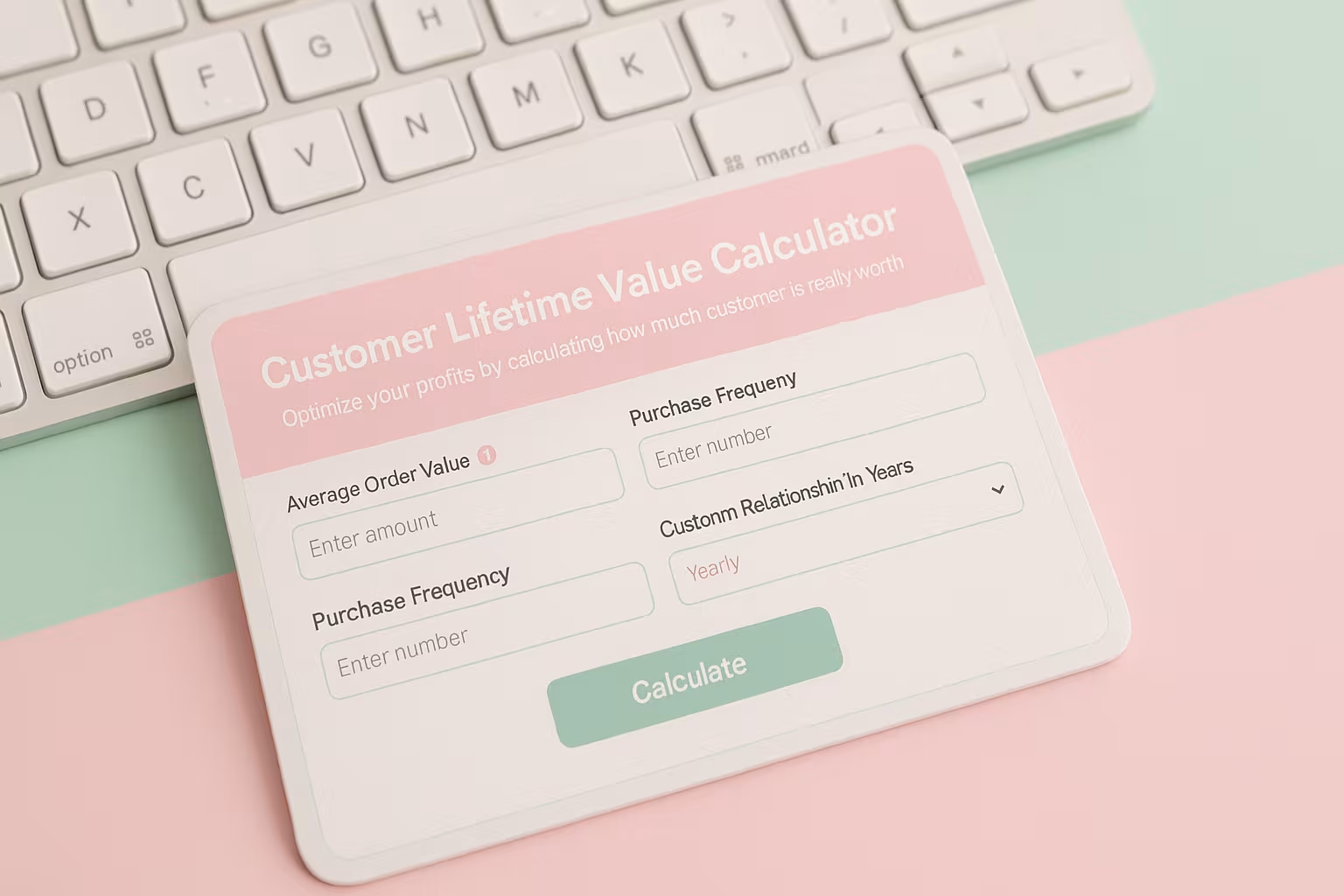
Customer Lifetime Value Calculator: Unlock Your E-commerce Revenue Potential
